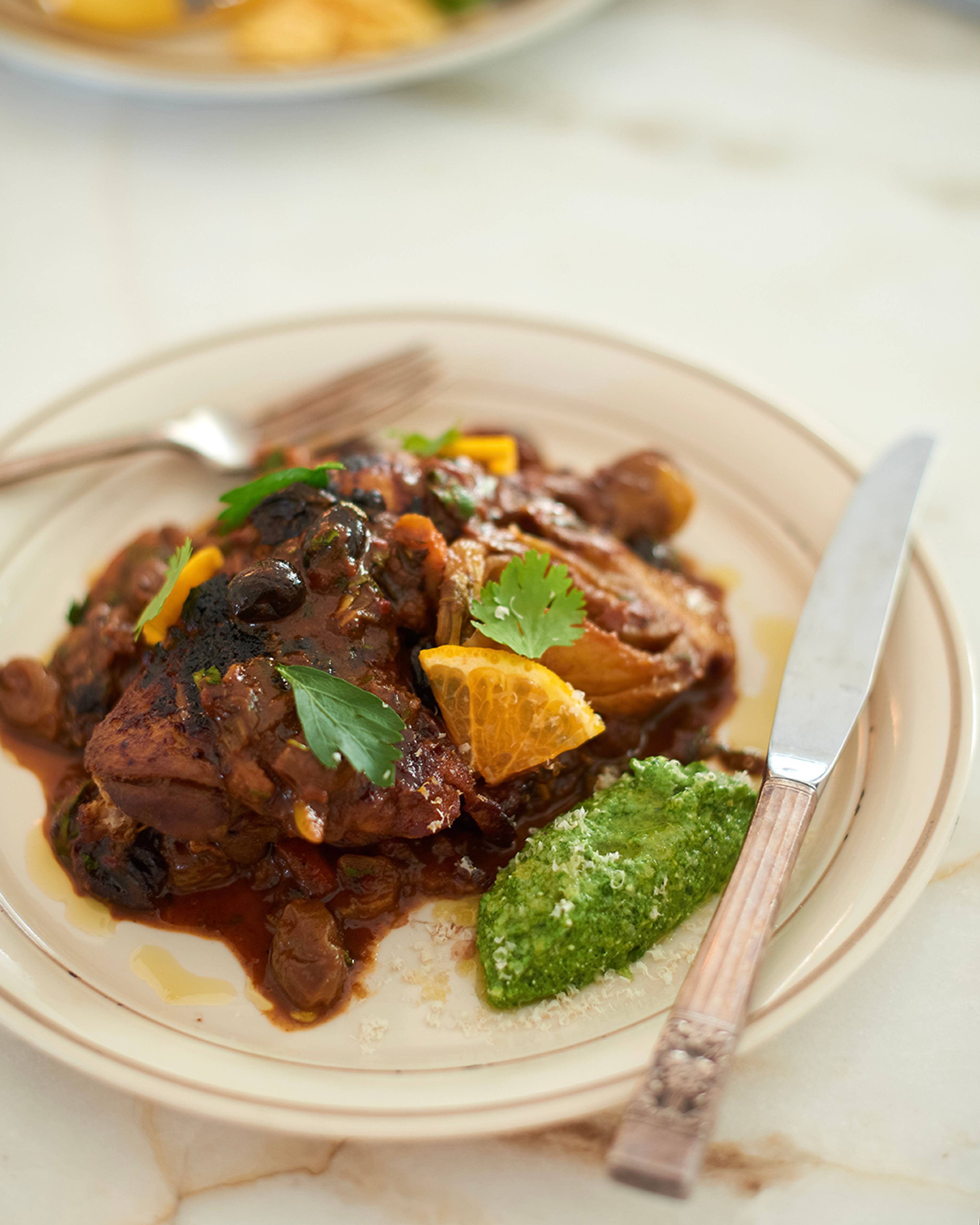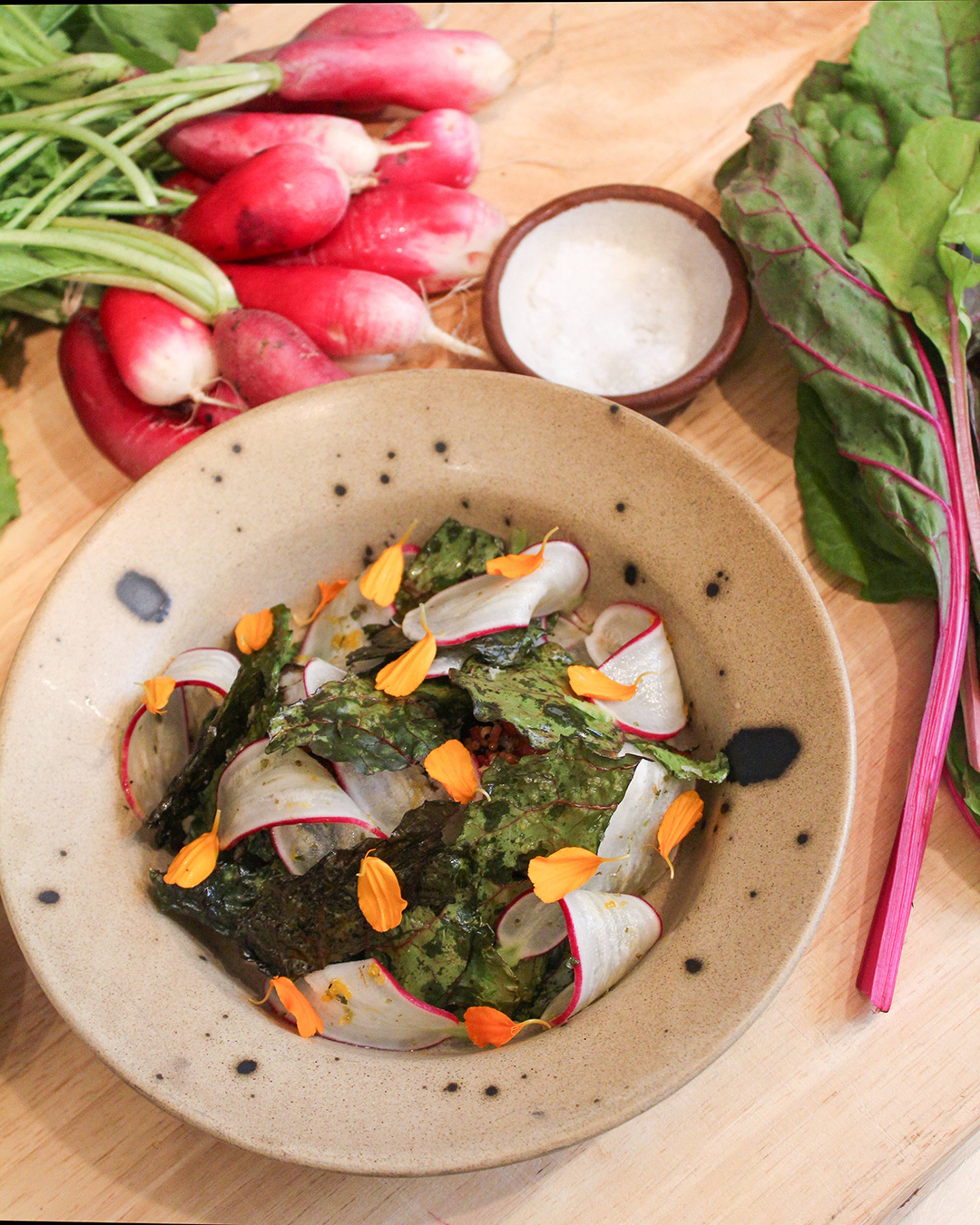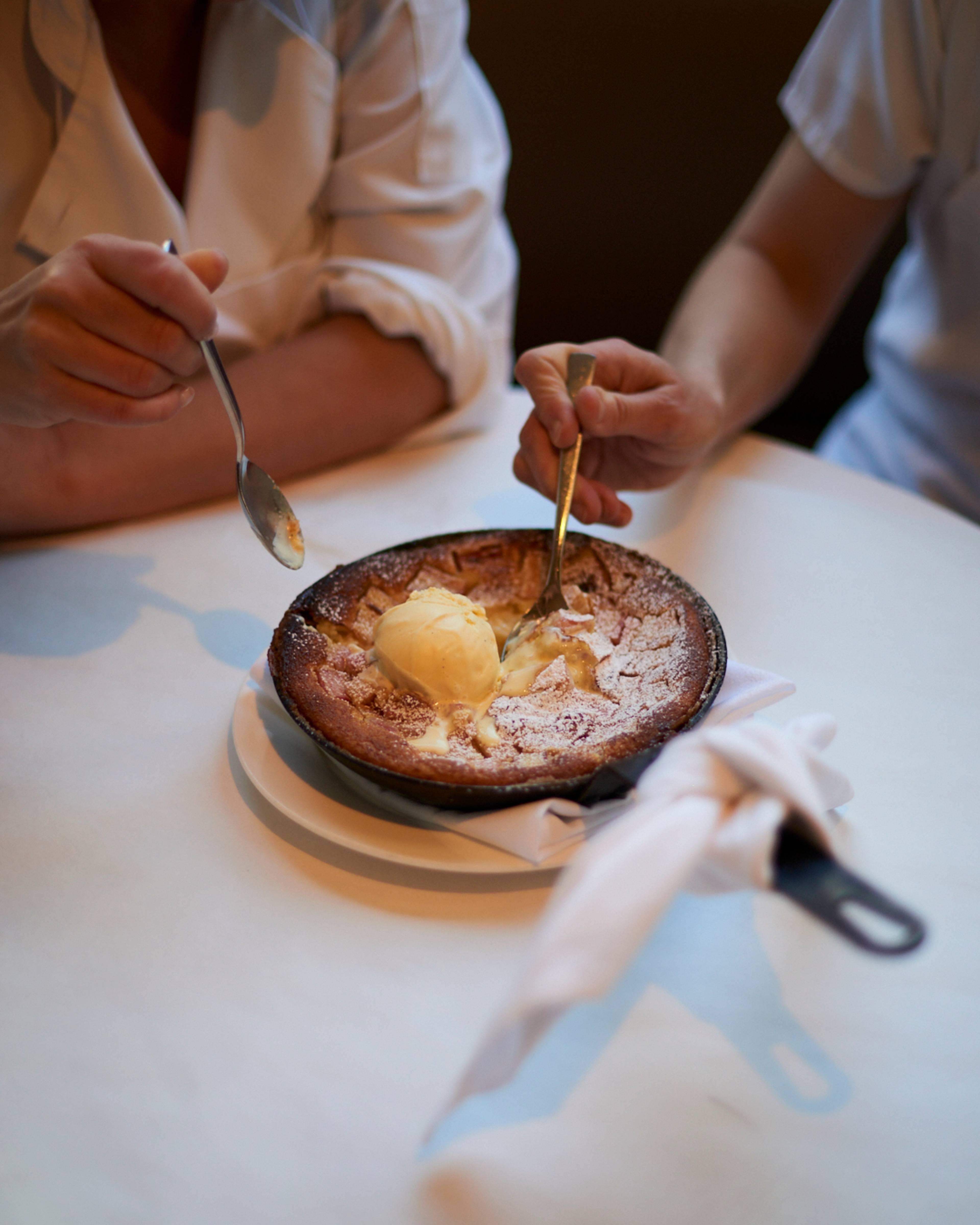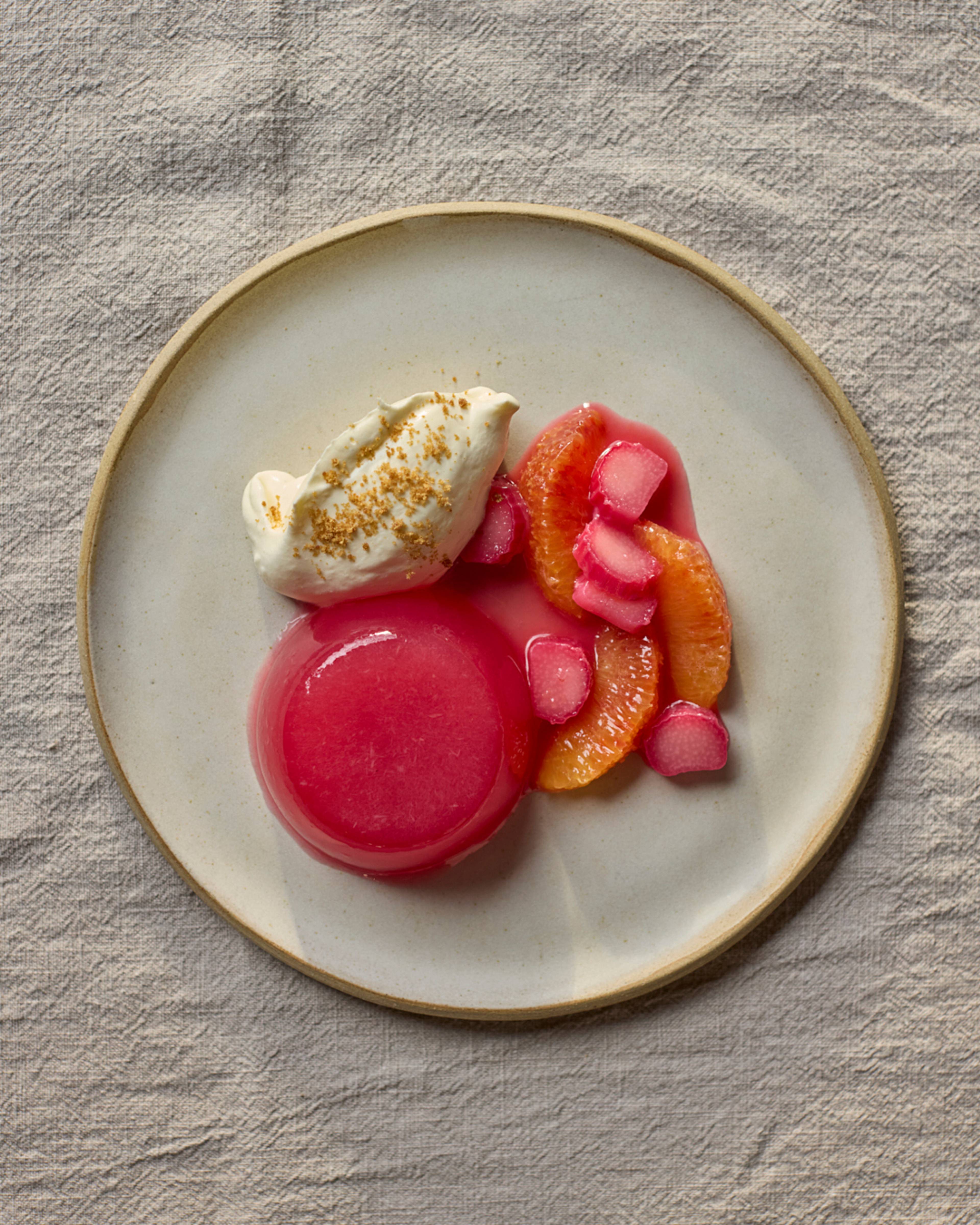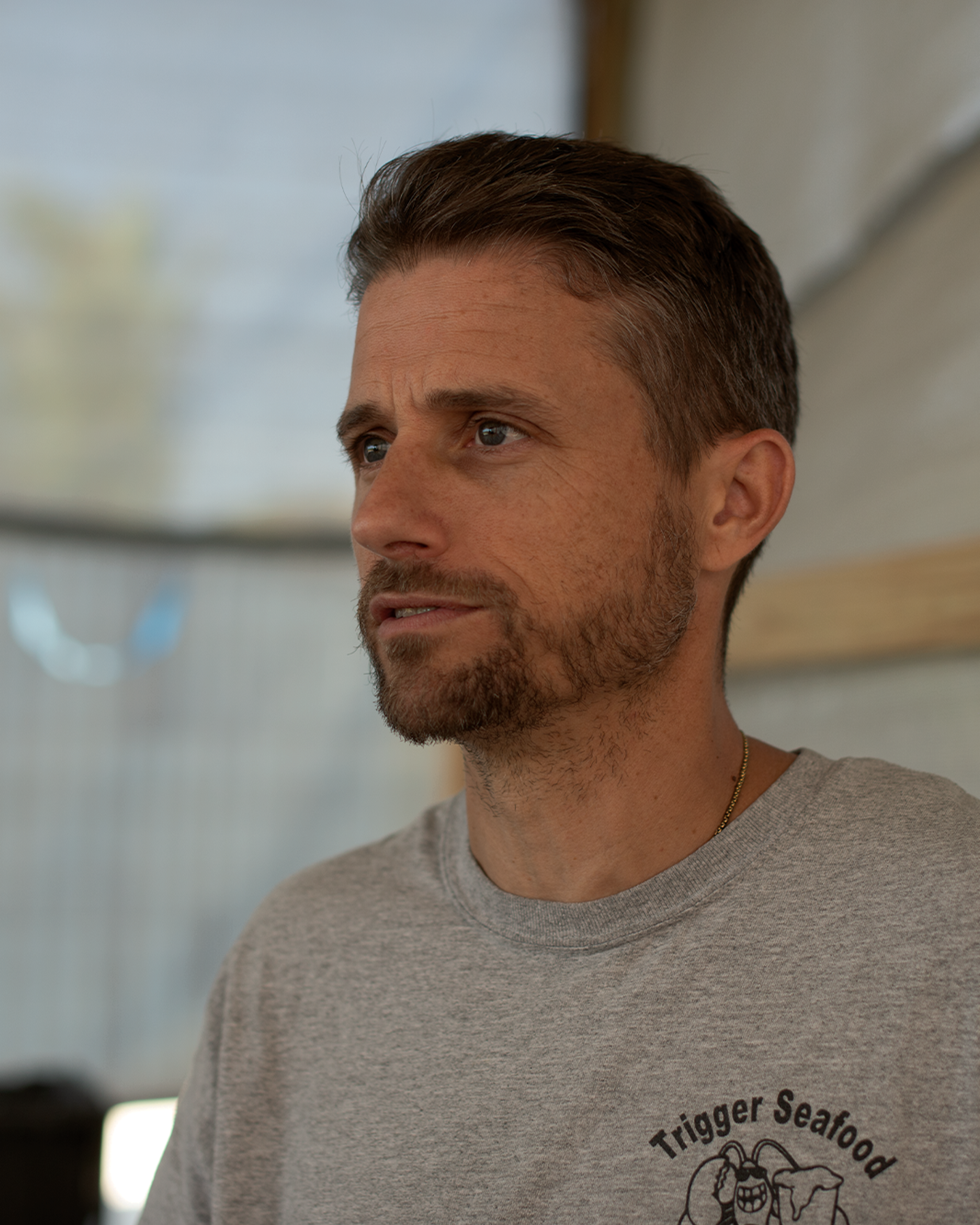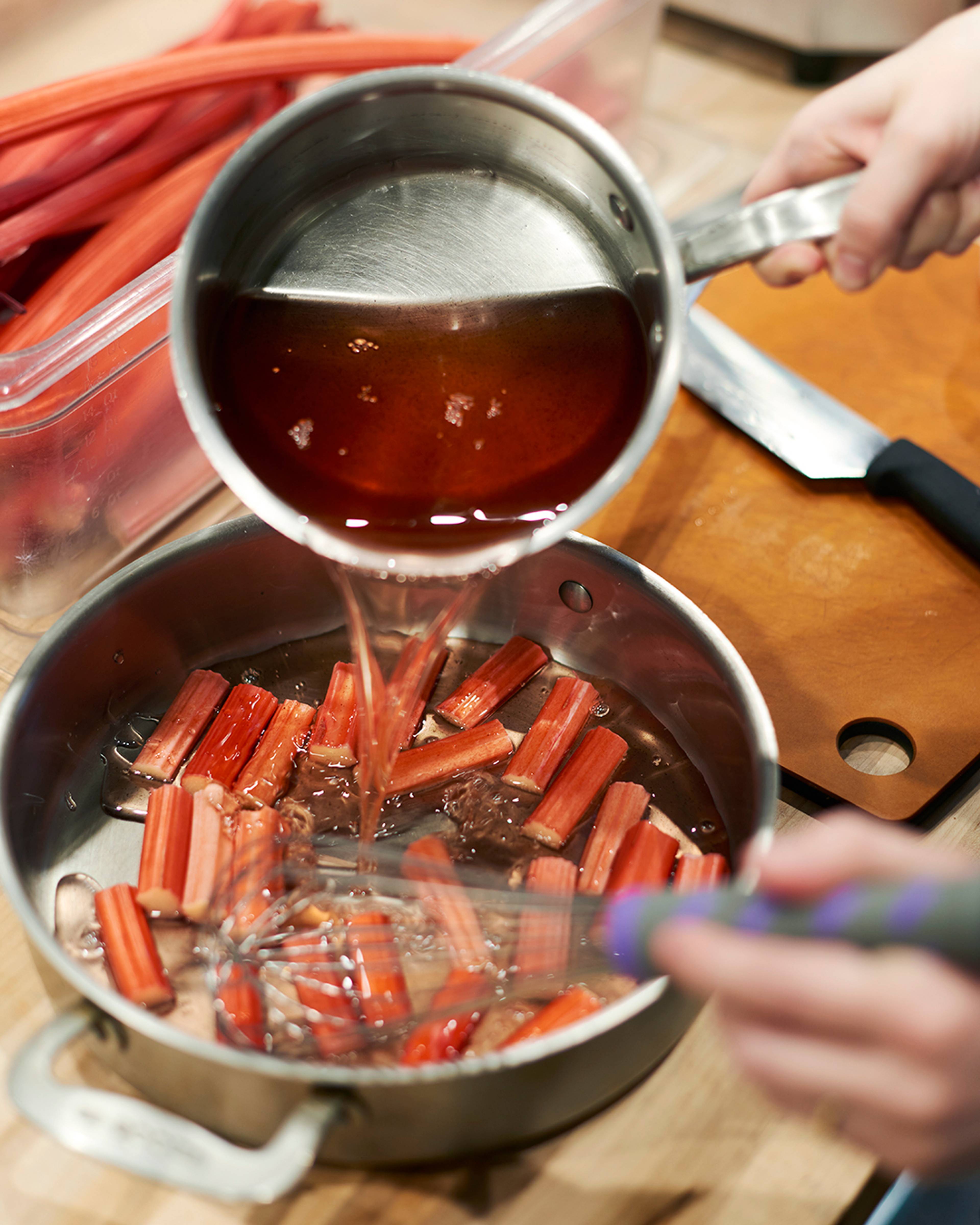ASPARAGUS SPRINGS BACK
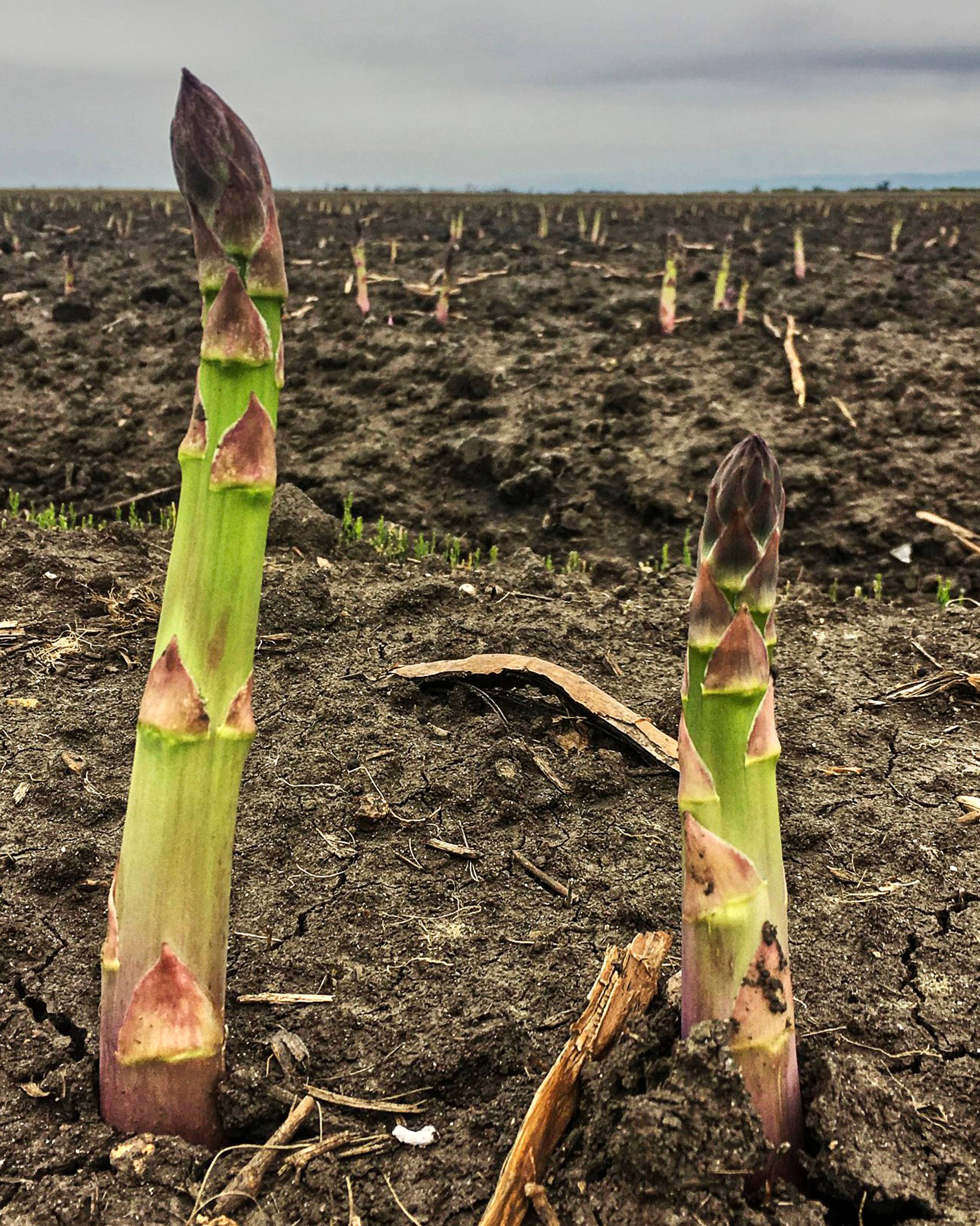

Meet Roscoe — the grower carving out a future for Californian spears.
In March, we caught up with Roscoe, a third-generation grower in the Sacramento San Joaquin River Valley. He told us all about the history of when his family first came to the land and how they built a market after discovering soils particularly suited to asparagus amidst challenges in the wake of WWII.
Today, he is one of the few remaining growers committed to preserving the region's heritage for producing some of the best asparagus. With the industry at such risk of disappearing, we feel fortunate to continue to work with Roscoe to preserve generations of knowledge and education so ingrained in the region.
It has been a challenging winter in terms of the weather. How is this year's asparagus season going?
It's really a strange animal. You never know what's going to happen with asparagus. It could start growing right now, you prepare to harvest, and then a frost hits and kills everything above ground. Then you have to spend money to go in and cut those spears out because the plant will shut down or slow down, sending new spears up if they don't get what we call 'punched out.'
You can't pre-plan for harvest because it will get cool, and production will slow down, and then it becomes a cost problem. We just have to take what Mother Nature gives us.
What's the harvesting process like?
Even without blanching, harvesting is a hands-on process. We start harvesting asparagus in the field before the sun comes up: out as soon as it's light enough to see the spears. We're done by noon, and then we take them, run them through the wash shed, sort them manually to size, and then pack them into reusable produce containers.
You've been growing for 30 years now. How did you get into growing asparagus?
My grandfather was in the produce business in LA. Back in the 40s, he came up here to get supplies of potatoes from the Japanese farmers [an essential group in California's agriculture, growing 40% of its vegetables before internment] who were growing onions and all kinds of stuff in the Stockton area. That's when he recognized that the delta is uniquely suited to asparagus growing; there's plenty of water in the soil, and it's very rich in organic matter. Those two main things are very good for asparagus.
Back in those days, there was no such thing as harvesting green asparagus. It was harvested white, taken to a central location, canned, and most of it was sent to Europe for consumption. Then during World War Two, growers like my grandfather lost a lot of their labor. Plus, a lot of the region's Japanese farmers were interned, and times were generally unrestful. My grandfather had all this acreage but no one to help with the labor-intensive blanching process. That's when he started harvesting his asparagus green. He created a domestic market for green asparagus in this area.
At one point, the Sacramento - San Joaquin River delta was the prime asparagus-growing region in the entire world. How has the industry shifted since your grandfather first started growing?
Acreage wise in our area has gone from 60,000 acres to less than 2,000 acres now in California. Mexican asparagus imports are a killer to our industry following NAFTA. They [growers in Mexico] can pay the people harvesting their crops $10 to $20 a day: We pay that by the hour. Their harvest season overlaps with ours, but their costs are nothing compared to ours. That's why my business is strictly farmers' markets, restaurants, and very very few people like yourselves.
With all these hurdles, what keeps you in the game?
It's in our blood. Every year we roll the proverbial dice for every crop. It's a crapshoot. My dad always told me it's a crapshoot. This year could be totally different from last year. What worked last year may not work this year. You have weather, labor, market conditions; a myriad of things that affect what a farmer does, and you better do it better than anybody else, and you better have things that other people don't have. We stick at it because it's in our blood.
You mainly sell through farmer's markets or direct to chefs. How important are restaurants to your business?
We couldn't live without restaurants. If we didn't have restaurants, I'd shut down.
I started 30 years ago, and we've been training chefs ever since. They used to only buy thin asparagus because that's what the market was producing. They didn't know that the Colossal and Jumbo were the most tender asparagus varieties and the most flavorful. They thought the intense size was a sign that the asparagus was old and that the thin asparagus was baby asparagus. It took a long time to change.
I train them, they want to snap it off, and I've taught them that they cut off any white and they peel it like like it's supposed to be done because the skin at the bottom of a Colossus was somewhat tough, but you take that skin off, and it's tender all the way down as long as you know anything. That's great. They can take an 11-inch spear and peel it and put two on a plate, and it's almost a meal.
Everyone gets excited about asparagus, but you also grow other crops like the Prince of Orange Fingerling Potatoes. How do you decide what to grow, and how can everyone support you beyond asparagus season?
We always were looking for new things to do that other people don't do. There are a lot of people at the farmer's market that grow Jimmy Nardellos, but they don't grow the quality that we grow. Our area is unique. Every farm has its pluses and minuses, and you have to work with that.
Take our melons. In the growing environment that we have, you need heat turns which is how hot it is during the day versus how cold it gets at night. So there's a mathematical equation that, you know, we want to grow melons earlier, but there's no reason to because they won't get sweet. We have found five or six varieties that work for us.
Then there's our Fingerling Prince of Oranges. We found a variety that very few people are growing. It's one of the best potatoes that I've ever found, and it came from the family test patch. They get a few potatoes from different areas, and we grow them and test them out. If we like it, then we expand it. It may take you five to 10 years to get enough to grow them commercially, and what works for us might not work in, say, Southern California, Bakersfield, Florida, Africa, or South America.
Stories
See allWe exist to fix the food system.
People are more cut off from the origins of their food than ever. This makes flavor, nutrition and farming practices that protect the planet, almost impossible to find.
By working directly with growers, we create a more sustainable way forward for farming. By giving everyone the tools to understand the power of our food choices, we empower everybody to become drivers of change.
Now is the time for action. Join the food system revolution.

Go beyond four seasons
Each fruit and vegetable has its own season, with subtle shifts which happen every day. Follow their microseasons to unlock flavor at every stage.
WHAT’S IN SEASON?

Know where your food comes from
We know the name of the person behind everything we source. Recognize their growing artistry to find out exactly where your food comes from (and why that matters).
MEET THE GROWERS

Make your diet diverse
Our growers work with varieties chosen for quality and nutrition, not yield. By selecting their crops you keep heritage seeds in play, add to ecosystem biodiversity and preserve unique flavors.
GO #OFFTHEPASS
United States
© 2024 Natoora Ltd.
